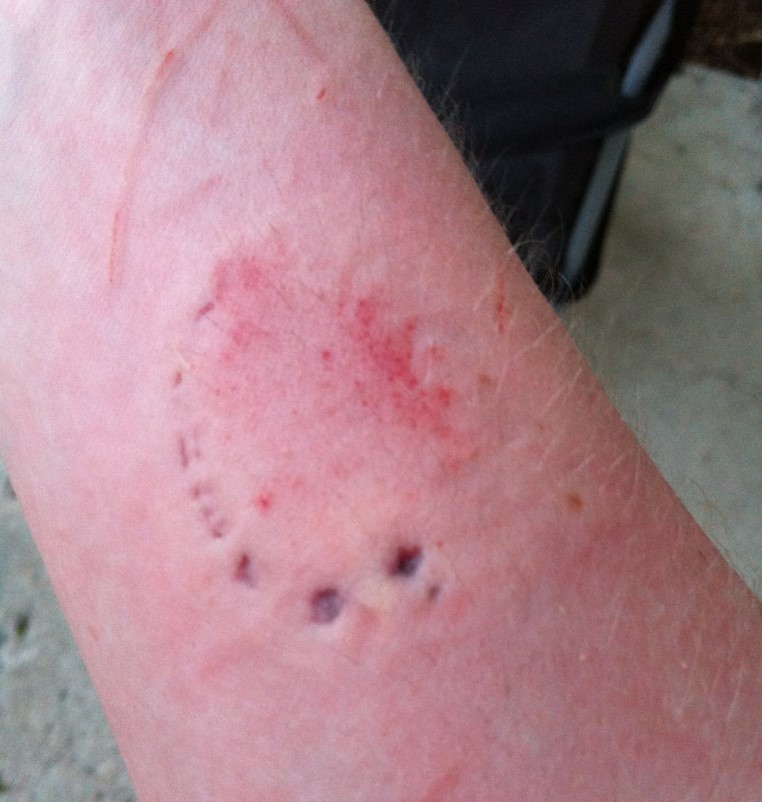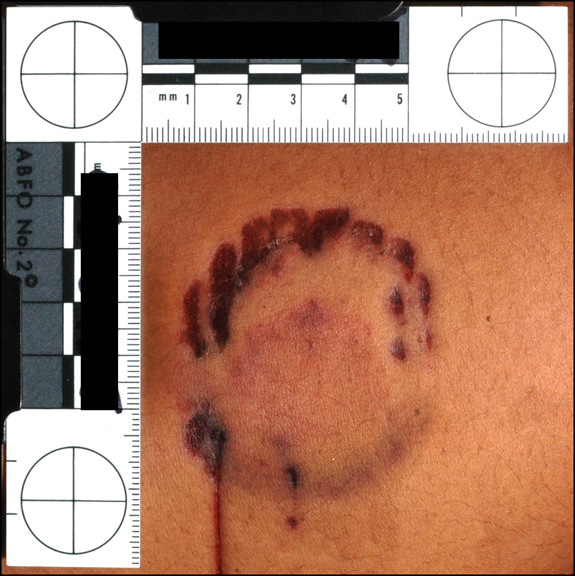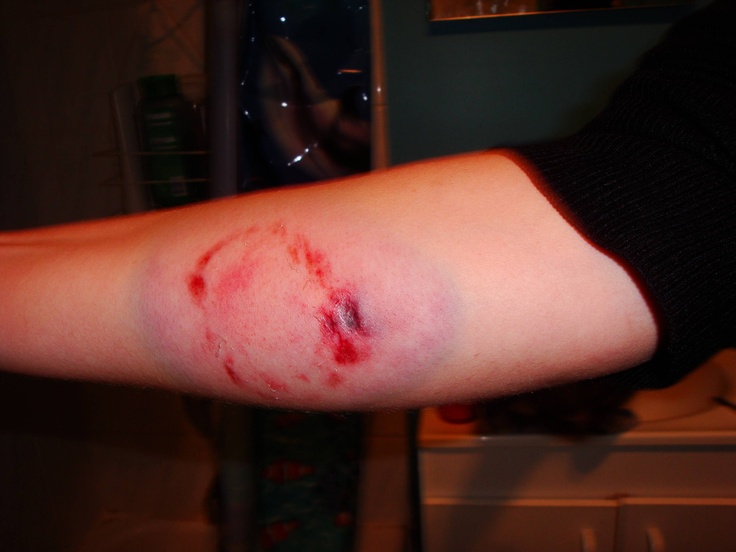Human bites used as a form of weapon in assaults against education professionals have long been a concern. They form part of the many disturbing workplace violence statistics that have made national headlines in recent years, in countries around the world.
Teachers work hard to create a positive learning environment, but sometimes pupils and students can become aggressive and lash out, often due to behavioural problems and learning disabilities.
A short while back I had a lengthy conversation with a teacher who wishes to remain anonymous. The details of her story were very familiar to me due to many conversations and email communications I have had with others over the past few years.
This was her emotional comment:
"I have been working with students who have complex behavioural as well as social and emotional mental health needs for the past ten years of my career. I always take great care to ensure that all the appropriate behavioural risk assessments are carried out and adhered to. I also ensure that the risks these behaviours can pose to staff are mitigated. However, you will understand that we cannot plan for everything, and as long as humans exist, accidents can and will happen. Whilst assisting with a transfer for one of my students, I was bitten on the upper arm, through a jumper, a shirt, and an undershirt, breaking through the skin. This led to me having to attend hospital to undergo several tests and injections, as well as wound dressing. I was signed off for work for an entire week. This not only has a detrimental effect on me, but the entire classroom environment and management of the school, both financially and physically."
According to the ‘Yahoo Lifestyle website (dated 27 September 2019), Brett Bigham, a teacher in the U.S. state of Oregon was being bitten so badly that he was sent to the hospital, just a few days before he was named Teacher of the Year, and only short time after he suffered other attacks by pupils.
In October 2019 the Australian Broadcasting Corporation reported about a Canberra public school worker who was repeatedly bitten by one of her students. She was injured on a weekly basis, for six months, by a child with a mental disability. She stated:
"I was bitten on the arms; I was bitten on the stomach, and I was bitten on the leg. That was day one."

Here at BitePRO® Bite Resistant Clothing, we are at the receiving end of countless of personal and very emotional stories from education professionals, who consider ending the career they have been most passionate about due to physical injuries and emotional trauma.
Over the years we have received numerous images of teachers bitten in their breast, requiring urgent complex medical care and surgery.
Others have been bitten in their arms, even resulting in damage to muscles, tendons, ligaments and or nerves.
A few years back, the attendees of the NASUWT teacher’s union here in the UK were told that teachers should now talk openly about their daily experiences of aggression or violence, and since then many of their personal stories have made it to local or even national news.

Regrettably, there is still a culture in some schools, particularly where pupils have severe behavioural problems, that being assaulted is all part of the job. I hope we all agree that no one should ever have to go to work with the expectation of being scratched, bitten, or punched.
The potential physical and psychological consequences of human bites should not be ignored.
Human bites have been shown to transmit hepatitis B, hepatitis C, herpes simplex virus (HSV) syphilis, tuberculosis, actinomycosis, and tetanus. Evidence suggests, also unlikely, but possible transmission of the human immunodeficiency virus (HIV).
It is important to understand that there can be complications if the injured person doesn’t get to the emergency room quickly enough because the infection can spread rapidly. Even a seemingly minor bite injury can damage underlying joints, tendons or bones, or lead to a serious infection.
These infections might cause permanent damage to the affected part of the body unless they are treated quickly. Infections associated with human bites are often far advanced by the time they receive appropriate care. Sadly, teachers often wait until the infection is well established before seeking medical treatment.

Special Education Needs
Children with special educational needs and learning difficulties, or those displaying challenging behaviour are more likely to be aggressive than others.
Therefore, schools need to make risk assessments for children displaying challenging behaviour. They must make sure the staff working with them are fully aware of the risks and are trained in how to handle them, and, where the risk assessment shows a need, provide them with i.e. appropriate protective clothing if deemed necessary. Other products i.e. soft restrains are already being successfully used in special educational needs schools, further improving the personal safety of education staff.
While some children in special educational needs schools may show few signs of challenging behaviour, others can show physical aggression as well as destructiveness. Examples of this would include self-injury from eating toxic or inedible foods, damaging objects in an act of aggression, running away from family members while outside and general forms of serious outbursts which escalate even further.
Given that all children act-out, it may seem difficult to identify and foresee the levels of violence that would warrant the use of protective clothing in special needs schools. After all, a child might simply be venting their anger just like any other child would do. But there is a clear distinction between the two, with ‘challenging behaviour’ becoming more of a meltdown than any childlike tantrum.
With greater intensity of a situation and potential loss of control, there’s always an increased risk of injury, meaning intervention becomes a necessity. This is when the risk of being bitten or scratched is higher. This is also when additional safety measures should be considered.
About the Author
Robert Kaiser is the Founder and CEO of BitePRO®, the world's first specialised brand of protective clothing, offering dependable scratch and bite protection for healthcare workers, education professionals, and others working with individuals displaying challenging behaviour. Robert is a widely respected expert in the prevention of workplace violence related injuries. His written work has been published in several international industry leading publications.


